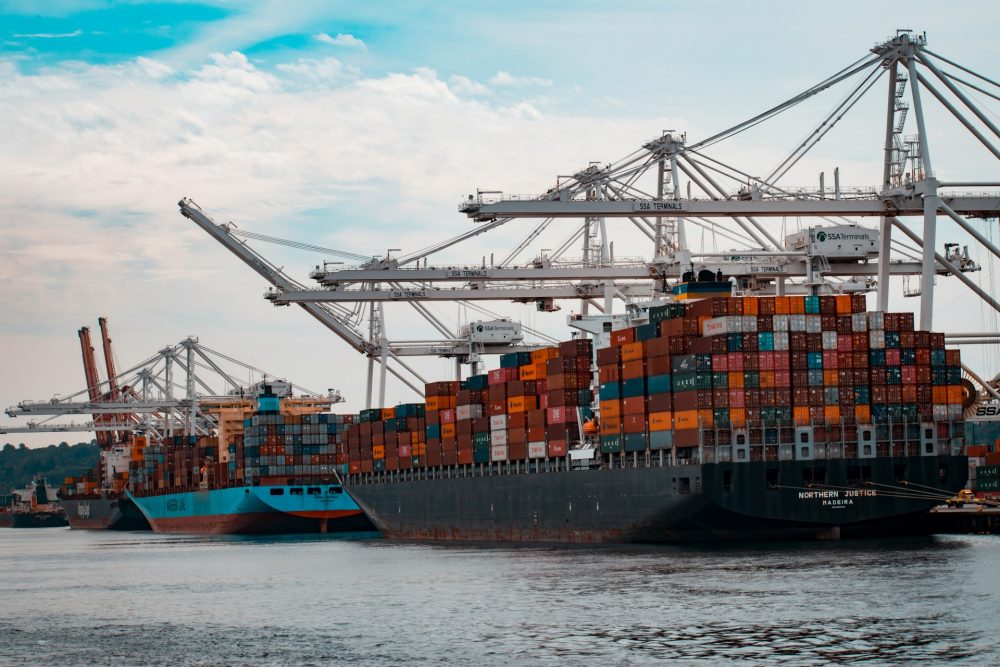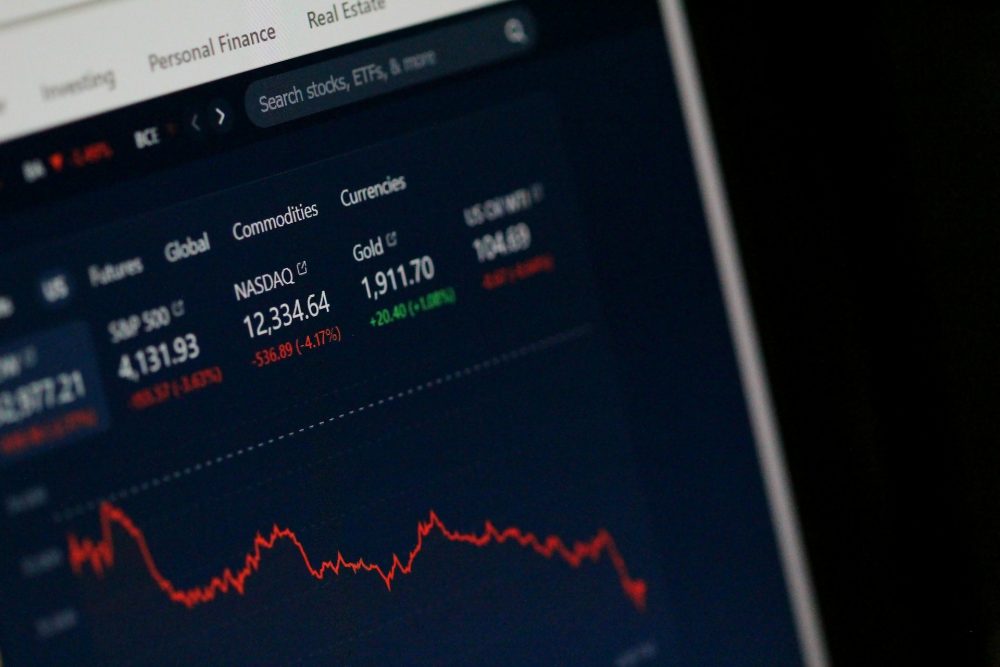Business
US’ exit from nuclear deal to curtail Iran’s steel expansion goal
Iran developed its national steel industry development program in 2015, with the goal of increasing its capacity to 55 million metric tons by 2025.

The United States’ breakaway from the Iran nuclear deal to reinstate “powerful” economic sanctions against the OPEC member will hurt Iran’s planned expansion program on its steel capacity, according to S&P Global.
The 2015 landmark agreement is known as the Joint Comprehensive Plan of Action, under which Iran and six other nations are part of, per The Guardian. The deal, forged by the Obama administration, placed limits to Iran’s nuclear program in exchange for the United States’ easing of its economic sanctions for Iranian businesses.
These revived sanctions would immediately take effect for new energy business players, while existing businesses can still make adjustments as they have until Nov. 4. In the sanctions, any company in the world that transacts with Iran would be cut off from the U.S. banking system.
Iran’s national steel industry development program was rolled out as early as 2015, and its goal is to increase its current capacity to 55 million metric tons by 2025.
A handful of Europe-based plant makers such as Danieli, Outotec, Sarralle, SMS, and Voestalpine have already poured out investments to help Iran achieve its goal. Back in 2017, Financial Tribune reported that The Italian Danieli Group has inaugurated its plant, which is worth €40 million and situated in Alborz Province’s Eshtehard Industrial Park. Meanwhile, in 2016, Outotec has provided the country with process equipment for the Sangan iron project.
“New mill projects or those underway are now expected to be seriously hit by financing difficulties stemming from a renewal of US sanctions,” Platts stated, citing reports from sources that some have already ceased operations amid the uncertainty brought about by the U.S. policy.
“Financing has always been challenging for these projects in which only banks with no US connections have been able to participate,” the research market for the global energy sector reported. As such, Iranian investors are likely to need assistance from China’s technology offerings for their steel and metal-related projects should negotiations with Europeans, another alternative, falter.
The research firm, meanwhile, noted that Iranian steel exporters usually survive without letters of credit and have non-U.S. connected trade developers. As such, they are “not expected to be greatly impacted by the renewal of US sanctions,” Platts said, citing certain sources.
In fact, outbound shipments of the product are still “competitive” thanks to the devaluation of the Iranian rial, which has shed about half of its value since last year.

As of March 2018, Iran’s total exports of steel and direct reduced iron was at 9 million metric tons. (Source)
Platts also noted that Iran’s steel exports have skyrocketed due to the domestic market not being capable of taking the country’s growing production.
Total exports of steel and direct reduced iron totaled 9 million metric tons in the Iranian year ending March 2018, Platts also said, citing a report from the Iranian Steel Producers Association. The figure was a record high for the country.
Its steel products are shipped mostly to Asia, while some are brought to the Middle East and Europe.
Oil prices jumped to its highest in three and a half years
However, the various Iran-related sanctions are also seen to mostly affect the oil sector as the news raised fears that the U.S. is creating conflict with the Middle East. This, in turn, has aggravated the already tight global oil supply.
This is shown in the surge posted by crude prices last week as investors absorbed news of the United States’ withdrawal from the Iran nuclear deal and its intent to impose “the highest level of economic sanction” against the OPEC member.
Oil futures jumped following a report from the U.S. Energy Information Administration on the 2.2 million-barrel decline of crude oil and gasoline inventory during the week ending May 4, according to CNBC.
U.S. light crude edged up 3 percent or $2.08 per barrel to end Wednesday trading at $71.14. It posted a $71.36 intraday high, a record since November 2014. The Brent crude oil benchmark also breached the November 2014 record, closing at $77.43 on Wednesday.
Soaring oil prices, in turn, lifted energy stocks and wall street, overall. Reuters reported that the S&P energy index went up 2.03 percent, allowing the counter to finish 12.6 percent upward, a volume that tops other sector’s gains.

-

 Crowdfunding1 week ago
Crowdfunding1 week agoPMG Empowers Italian SMEs with Performance Marketing and Investor-Friendly Crowdfunding
-

 Markets5 days ago
Markets5 days agoMarkets Wobble After Highs as Tariffs Rise and Commodities Soar
-

 Markets2 weeks ago
Markets2 weeks agoThe Big Beautiful Bill: Market Highs Mask Debt and Divergence
-

 Africa2 days ago
Africa2 days agoORA Technologies Secures $7.5M from Local Investors, Boosting Morocco’s Tech Independence
























You must be logged in to post a comment Login